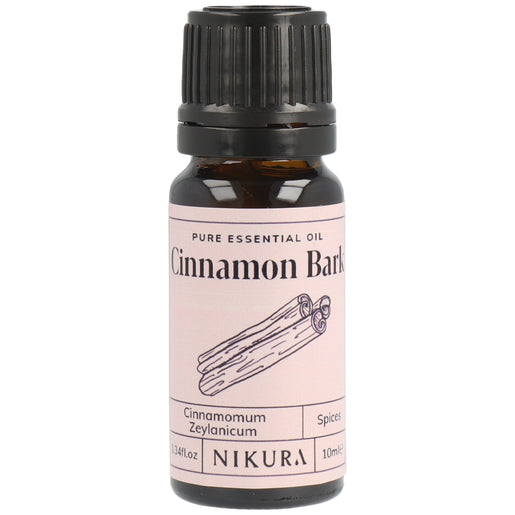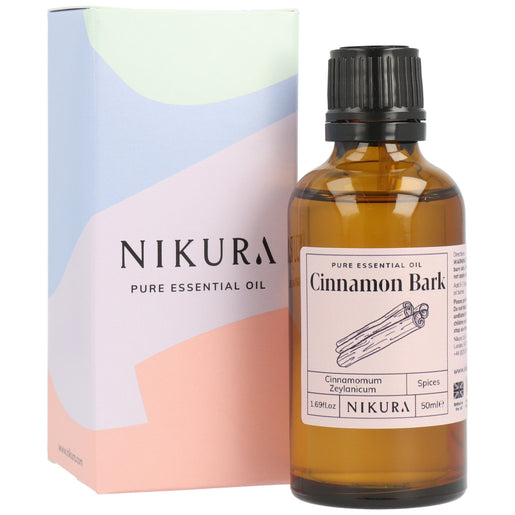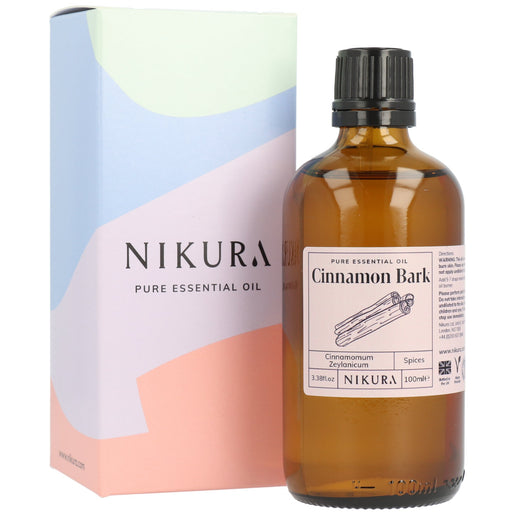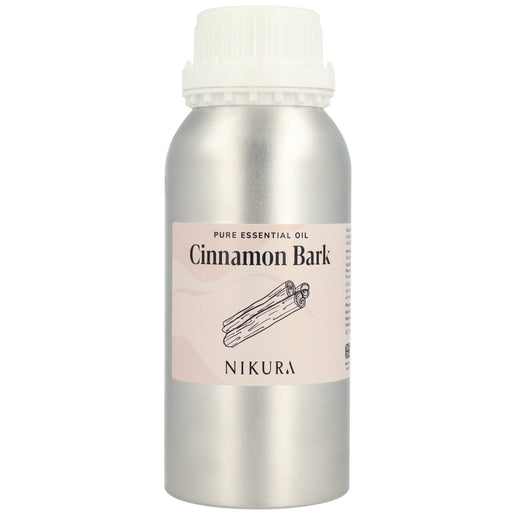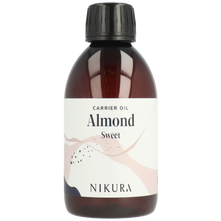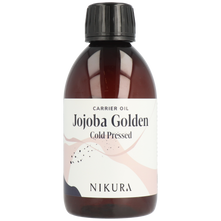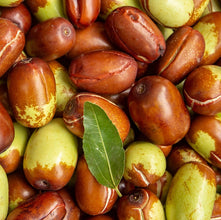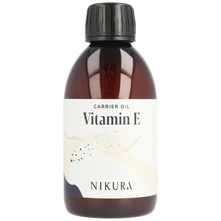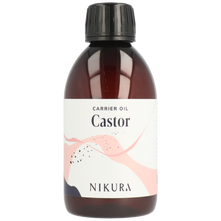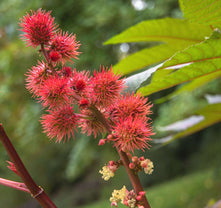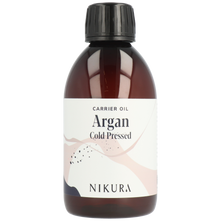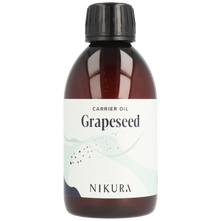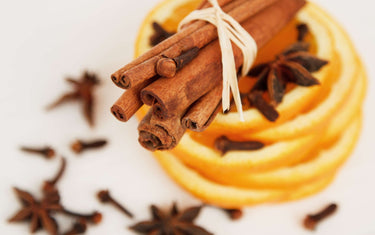Cinnamon essential oil is cherished for its warm, inviting aroma and versatility in personal care, aromatherapy, and household applications. Here are some common uses of cinnamon oil:
- Aromatherapy: The rich and comforting scent of cinnamon oil is often used in diffusers to create a relaxing and soothing atmosphere, helping to cultivate a sense of tranquillity.
- Natural Freshness: Cinnamon oil is a popular ingredient in DIY cleaning solutions, appreciated for its ability to freshen spaces and enhance surface cleaning routines.
- Festive Scents: Ideal for creating seasonal and cosy fragrances when blended with complementary oils such as Sweet Orange or Clove.
How to use Cinnamon Oil
Cinnamon essential oil is predominantly used for its aromatic charm, enhancing the atmosphere of your space with its warm, comforting scent. Add a few drops to a diffuser or incorporate it into potpourri or DIY candles.
Cinnamon essential oil is a popular choice in cleaning blends for its ability to freshen spaces and enhance surface-cleaning routines. Due to its potency, cinnamon oil should always be diluted before use and is intended for external applications only.
Cinnamon oil in cooking
Essential oils, including cinnamon essential oil, should not be used for cooking or ingested unless they're specifically labelled as food-grade, which Nikura's products are not.
While the aroma of cinnamon essential oil might be enticing, these oils are highly concentrated and can cause harm if ingested.
Nikura's cinnamon essential oil is best used for its aromatic properties in a diffuser, or for other non-ingestible applications.
If you're looking to add a cinnamon flavour to your dishes, consider using ground cinnamon or a food-grade cinnamon extract instead.
To safely dilute cinnamon bark essential oil, follow these guidelines:
- Use a carrier oil: Mix cinnamon bark oil with a carrier oil like coconut, jojoba, or sweet almond oil.
- Adhere to proper dilution ratios: The maximum recommended dilution for cinnamon bark oil is 0.07% for topical use. This translates to about 1 drop of cinnamon bark oil per 30-40 ml (1-1.5 oz) of carrier oil.
- Mix thoroughly: Ensure the essential oil is evenly distributed throughout the carrier oil.
- Test before use: Always perform a patch test on a small area of skin before applying more widely.
Safety disclaimers:
- Cinnamon bark oil is highly potent and can cause skin irritation or sensitisation if used undiluted or improperly diluted.
- Avoid using cinnamon bark oil during pregnancy or while breastfeeding.
- Do not apply near eyes, mucous membranes, or sensitive areas.
- If you have sensitive skin, allergies, or underlying health conditions, consult a healthcare professional before use.
- Keep out of reach of children and pets.
- Do not ingest cinnamon bark essential oil.
- Discontinue use immediately if you experience any adverse reactions.
Remember, even when properly diluted, cinnamon bark oil is very strong. Some aromatherapists recommend avoiding topical use altogether due to its potency. Always prioritise safety and consider using milder alternatives, such as cinnamon leaf oil, if you're unsure.
Frequently Asked Questions
What is cinnamon essential oil good for?
Cinnamon essential oil is praised for its variety of uses. It is often used in aromatherapy to create a relaxing atmosphere and is a popular choice for enhancing the freshness of home cleaning blends.
What's the best way to use cinnamon oil?
The best way to enjoy cinnamon oil is to diffuse it. Topical application to the skin is not recommended with cinnamon as it is an incredibly potent essential oil and may cause irritation.
What does cinnamon essential oil smell like?
Cinnamon essential oil has a warm, sweet, and spicy aroma, reminiscent of the familiar scent of cinnamon spices used in baking and cooking.
This distinctive fragrance is often associated with feelings of comfort and warmth. It's a popular choice for diffusing during the colder months due to its comforting scent.
What blends well with cinnamon essential oil?
Cinnamon essential oil blends well with a variety of other essential oils, enhancing their scents.
It pairs particularly well with warm, sweet, or citrusy oils.
Good companions include oils like frankincense, sweet orange, lavender, myrrh, and mandarin.
Can you put cinnamon bark essential oil directly on your skin?
Putting cinnamon bark essential oil directly on your skin is not recommended due to its high risk of causing skin irritation and sensitisation.
Cinnamon bark essential oil is extremely potent and contains high levels of cinnamaldehyde, which can be a strong skin irritant.
Safety guidelines for cinnamon bark essential oil are very strict:
- The maximum recommended dermal use level is only 0.07%, which equates to about 1.5 drops per 100 ml of carrier oil.
- Many manufacturers and aromatherapy experts advise against any topical use of cinnamon bark oil due to its potency.
- It's considered a strong dermal irritant and sensitiser, meaning it can cause skin reactions even in small amounts.
- Cinnamon bark oil is contraindicated (not recommended) for use during pregnancy and breastfeeding.
If you wish to use cinnamon essential oil on your skin, cinnamon leaf oil is generally considered safer, though it still requires proper dilution.
Does Cinnamon Essential Oil Help with Relaxation?
Cinnamon essential oil is generally appreciated for its warm and invigorating aroma, often used to create a cosy and uplifting atmosphere rather than promoting sleepiness.
Individual responses to essential oils can vary, so it’s a good idea to observe how cinnamon oil affects you. For those seeking essential oils to enhance relaxation or support a calming environment, options like lavender or chamomile are commonly favoured.
What's the difference between cinnamon essential oil and cinnamon bark essential oil?
Cinnamon essential oil primarily comes in two varieties: cinnamon leaf oil and cinnamon bark oil, both derived from the Cinnamomum verum plant.
Cinnamon leaf oil contains a higher concentration of eugenol, giving it a lighter, muskier scent reminiscent of cloves, and is generally safer for topical use when properly diluted.
In contrast, cinnamon bark oil has a stronger aroma characterised by sweet, woody, and spicy notes due to its high cinnamaldehyde content.
It’s also a stronger irritant, requiring more caution in its application when used on skin.
Can you put cinnamon essential oil in the bath?
Using cinnamon bark essential oil in the bath is not recommended due to its potential for skin irritation and sensitisation.
The maximum dermal limit for cinnamon bark oil is only 0.07%, which means it should be heavily diluted before application. Even with proper dilution, the risk of irritation remains high, making it safer to avoid adding it directly to bathwater.

























